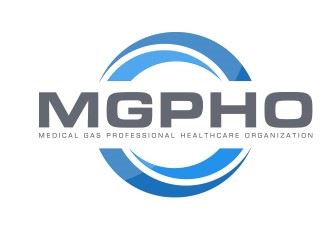George:
Here is some information our Clinical & RT team sent me relating to your post:
The basic respiratory information is correct in term of minute volume calculation based on tidal volume and respiratory rate.
Two issue to be considered:
The first is that these ventilators were designed to run on an endless supply of medical air and oxygen from wall connections. Efficiency was not a paramount concern so two models/brands of ventilators on the same settings can use very different amounts of gas to achieve the same outcome. (I have heard certain ventilators referred to as “gas hogs”) These ventilators have a bias flow (think of it as a background flow) that varies greatly between ventilators based on peep and other settings.
Second a normal minute ventilation may be in the 6-12 LPM range but many COVID-19 patients have high minute volumes and high levels of peep. Yes the peak flow of 60 LPM may only take place during inspiration but I believe, based on information we received from globally oxygen usage reviews, that the usage may be higher than we suspect. I will continue to look for more references and any additional information forwarded to me.
PS: I just heard back from the manufacturer of the XXXXX. The 60 LPM flow rate is all they give out and that represents peak output which we could use as a ceiling. As I suspected there are too many variables to calculate other usages. That 60 LPM represents total gas flow and the ratio would vary based on the prescribed FiO2. Some units may be using onboard compressors and others may be utilizing the medical air for basic operation.

